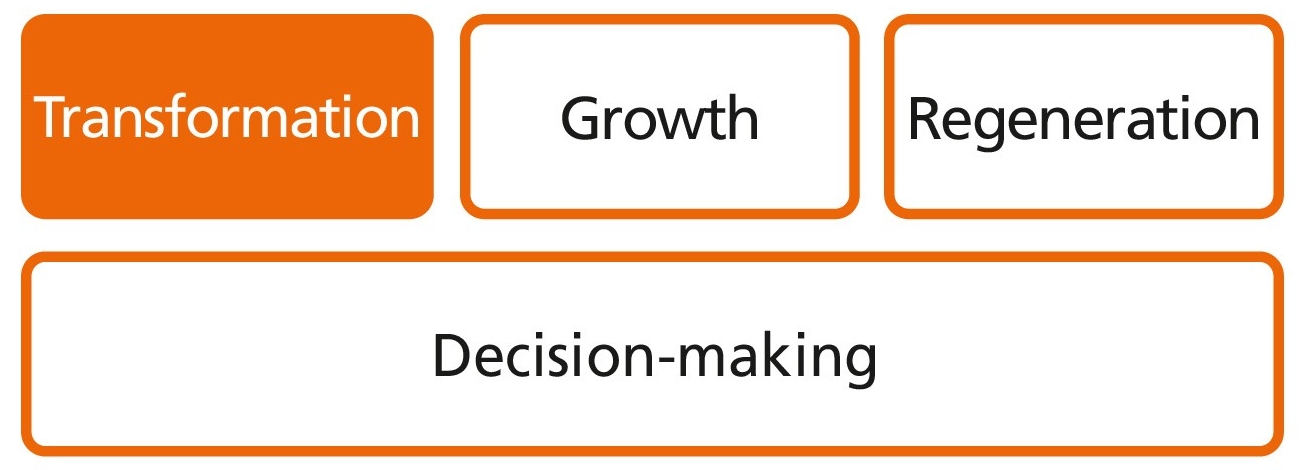What is the challenge?
All companies can be hit by fraudulent acts (such as credit card fraud, phishing emails or fake accounts). Customers of the company (first-party fraud) or external third parties (third-party fraud) can commit the fraud, for example through identity theft. Optimal protection against fraud is relevant – also with regard to international business relationships and different jurisdictions – but also complex. It is often difficult for companies to identify and prevent fraud at an early stage.



